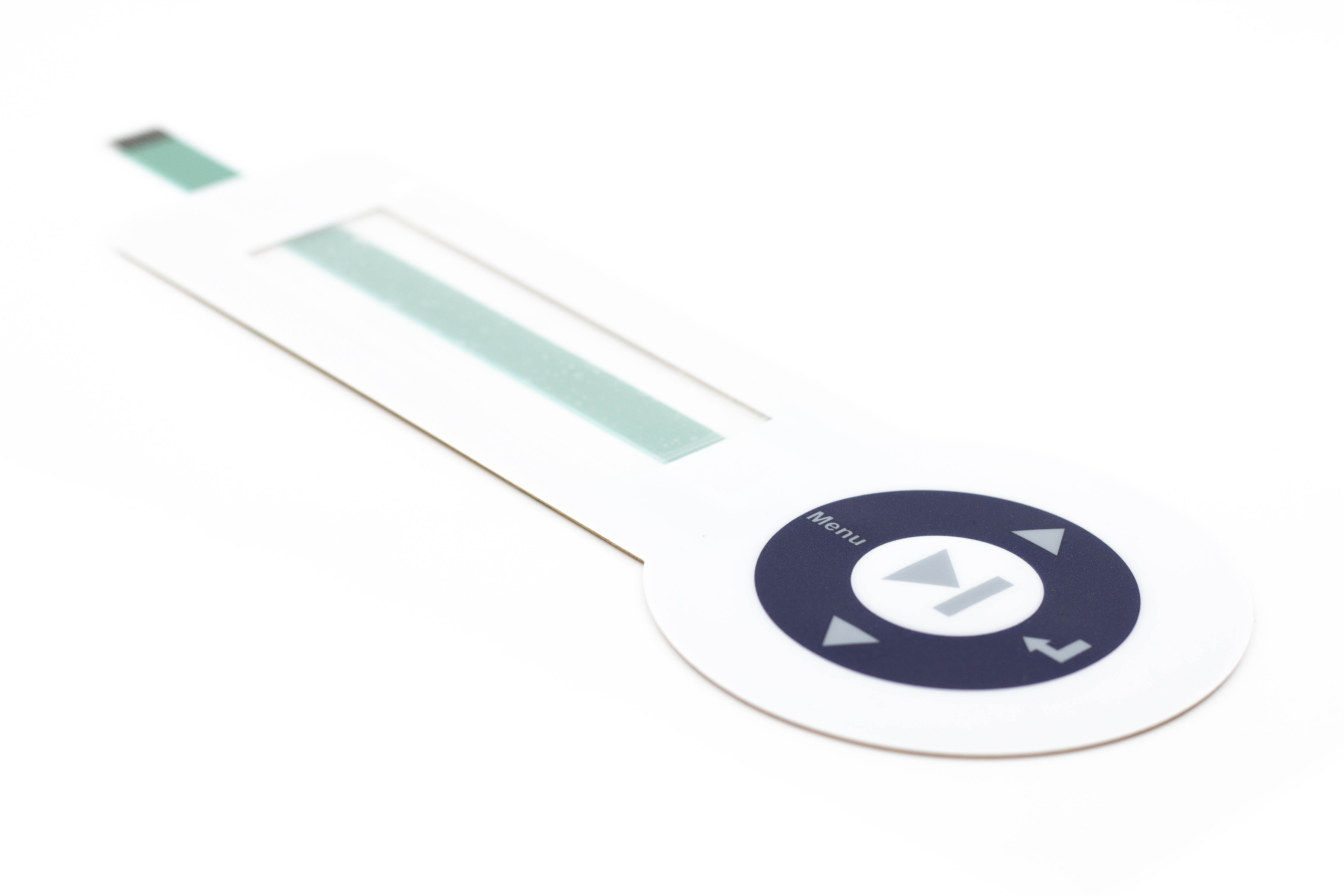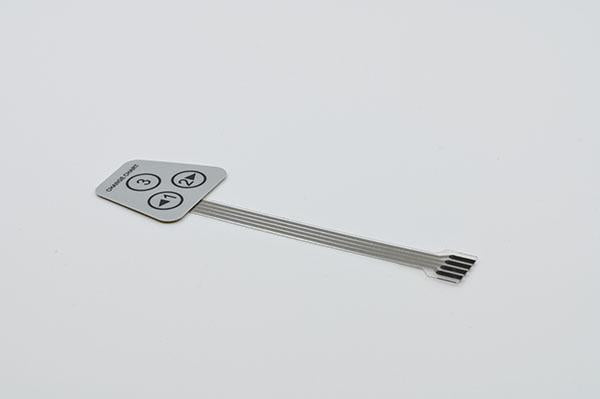A Comprehensive Guide to Membrane Switches for Product Designers
A Comprehensive Guide to Membrane Switches for Product Designers
Blog Article
Comprehending the Value of Membrane Switches in User Interfaces
Membrane buttons are integral components in the style of efficient customer interfaces, facilitating not only performance yet additionally enhancing aesthetic appeal and individual communication. As we check out the future trends and various advantages associated with Membrane innovation, it ends up being clear that these buttons are a lot more than simply parts; they represent a convergence of advancement and usefulness.
What Are Membrane Buttons?

The spacer layer, which consists of sticky residential properties, permits the separation of the circuit layer from the overlay, guaranteeing that the switch continues to be in a non-activated state up until pushed. When stress is put on the overlay, it presses the spacer layer, connecting the gap and finishing the circuit in the underlying layer. This style not only reduces the physical room needed for standard mechanical switches but additionally improves the resilience of the tool, as Membrane switches are usually resistant to dirt, wetness, and other ecological elements.
Commonly discovered in applications ranging from consumer electronic devices to medical tools, Membrane switches are integral to modern innovation, providing a user-friendly and effective interface that lines up with modern style needs.
Advantages of Membrane Switches
While many button innovations exist, Membrane Switches offer distinctive advantages that make them especially preferable in various applications. Among the key advantages of Membrane switches is their small layout, which enables space-saving applications in devices where property is limited. Their thin account not just enhances aesthetic charm however additionally helps with light-weight building and construction.
One more considerable benefit is their resistance to environmental elements. Membrane buttons are typically sealed against wetness, dirt, and contaminants, making them perfect for use popular settings, such as clinical devices and industrial devices. This toughness expands the lifespan of the switch, decreasing maintenance expenses and improving integrity.
In addition, Membrane buttons can be tailored to meet specific design requirements, incorporating distinct graphics and colors that improve individual interaction. Their tactile comments choices can also be tailored to offer a rewarding individual experience. Additionally, Membrane switches are cost-effective, particularly in high-volume applications, as they can be produced efficiently.
Applications in Numerous Industries

In the consumer electronics sector, Membrane switches prevail in devices such as microwaves, cleaning membrane switches devices, and remotes. Their responsive comments and aesthetic alternatives enhance customer experience while supplying a sleek, modern-day look. In addition, automobile manufacturers use Membrane switches in control panel controls and infotainment systems, where room is limited, and customer engagement is essential.
Furthermore, the commercial industry leverages Membrane switches in control panels for machinery and tools, enabling instinctive operation in commonly harsh atmospheres. Their resistance to chemicals and dampness guarantees long life and reliability in these applications. In general, the flexibility click for more of Membrane Switches contributes dramatically to their widespread usage, making them crucial in various technical domain names.
Design Considerations for Membrane Buttons

When developing Membrane switches, a number of key considerations should be thought about to make certain optimal capability and user experience. First of all, the option of products is crucial; picking resilient, high-grade substrates can boost the switch's longevity and resistance to environmental factors such as moisture and temperature fluctuations.
Second of all, the layout of the graphic overlay should focus on quality and convenience of use. Icons and text have to be understandable, and the format should help with instinctive interaction (membrane switches). Additionally, tactile comments is necessary; including a responsive dome or various other devices can improve the user experience by providing physical verification of activation
One more essential factor is the button's electrical efficiency. Designers must make certain that the conductive traces are appropriately developed to minimize resistance and stay clear of signal interference. This entails examining the needed actuation pressure and making sure compatibility with the electronic elements they will interface with.

Future Fads in Membrane Innovation
As technology remains to advance, Membrane buttons are positioned to develop dramatically, driven by developments in products and manufacturing strategies. One emerging pattern is the visit this web-site unification of advanced materials, such as flexible substratums and conductive inks, which improve sturdiness and reduce the total weight of Membrane switches. These materials not just boost the tactile action yet also allow for the style of buttons that can withstand harsher environmental conditions.
Furthermore, the assimilation of touch-sensitive technologies is changing typical Membrane Switches into even more interactive interface. Capacitive touch sensing units installed within Membrane switch panels can offer an extra intuitive and responsive individual experience, lining up with the expanding need for smooth, modern-day styles in consumer electronic devices.
Additionally, improvements in printing techniques, such as electronic and 3D printing, enable fast prototyping and personalization of Membrane switches. This versatility allows producers to respond more swiftly to market demands and consumer choices.
Lastly, sustainability is ending up being a substantial focus, with makers checking out environment-friendly products and processes. As these trends unfold, the future of Membrane innovation guarantees enhanced performance, visual allure, and ecological obligation, strengthening their role in sophisticated individual interfaces across numerous sectors.
Final Thought
In verdict, Membrane Switches represent a vital component in the layout of individual interfaces, combining performance with aesthetic versatility. As developments in innovation proceed, the evolution of Membrane buttons is anticipated to further fine-tune customer interfaces, driving innovation and enhancing use in an increasingly complicated technical landscape.
Membrane switches are important parts in the style of efficient customer interfaces, facilitating not only performance yet additionally enhancing aesthetic allure and individual interaction.Membrane Switches offer as an essential component in different user interfaces, promoting a smooth interaction in between users and electronic devices.While numerous button technologies exist, Membrane Switches offer unique benefits that make them specifically preferable in numerous applications.Furthermore, Membrane buttons can be customized to fulfill certain design needs, incorporating one-of-a-kind graphics and colors that improve user interaction.In conclusion, Membrane Switches stand for an essential part in the layout of individual interfaces, integrating capability with visual adaptability.
Report this page